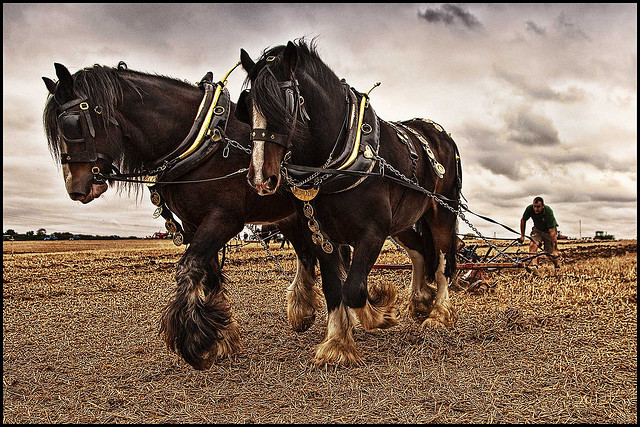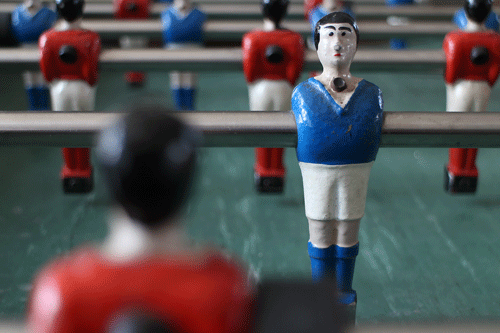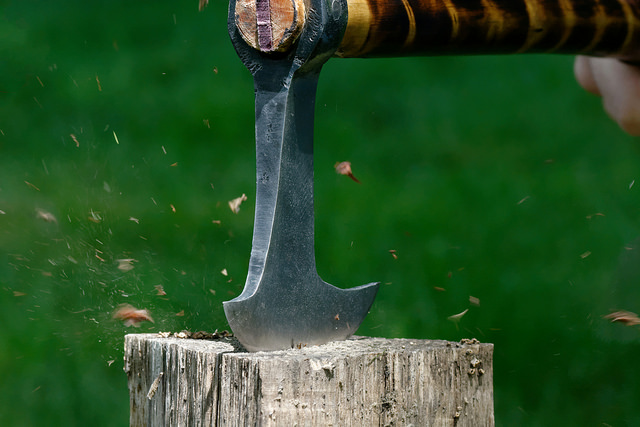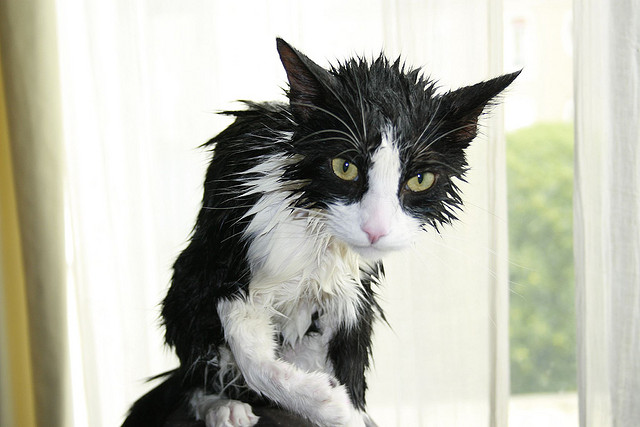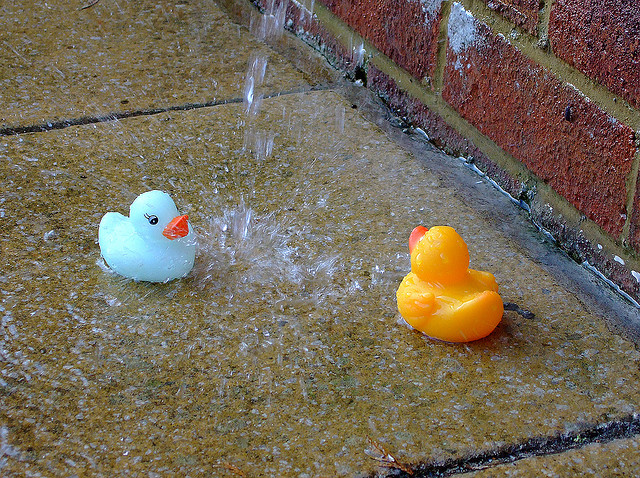
Water-ducks on land. Image is CC by GrooverFW.
I recently e-mailed Freakonomics asking them to look into the economic incentives that govern health-care. Guess if I was thrilled when I found these two recent gems (although I can’t take any credit):
- How Do We Know What Really Works in Healthcare?
- How Many Doctors Does It Take to Start a Healthcare Revolution?
Freakonomics delivers as always with a fresh, interesting scientific perspective. As a supporter since a few years I want to recommend these to anyone interested in the topic. As I have written earlier, I find it perplexing that so many arthroscopies are being performed while so much evidence is pointing against this. There is probably a vast combination of incentives that result in this, these podcasts provide some nice insights.



